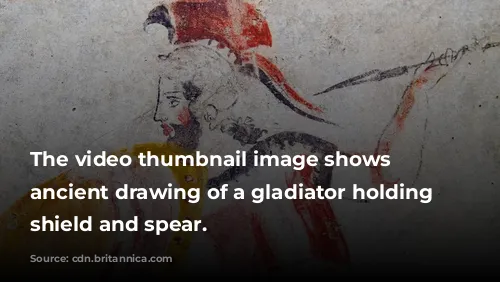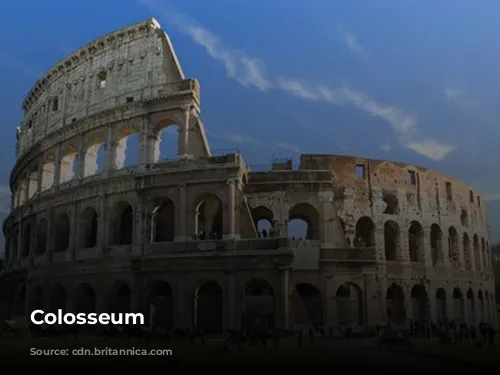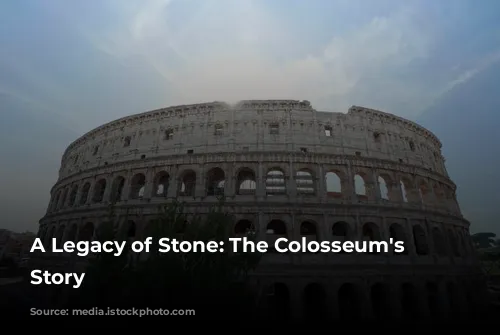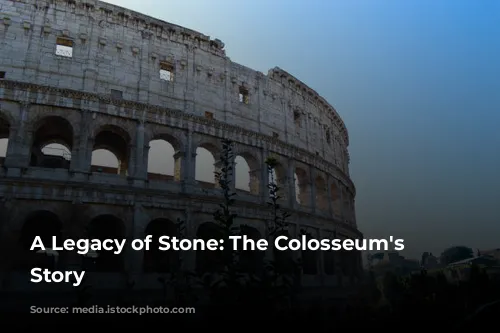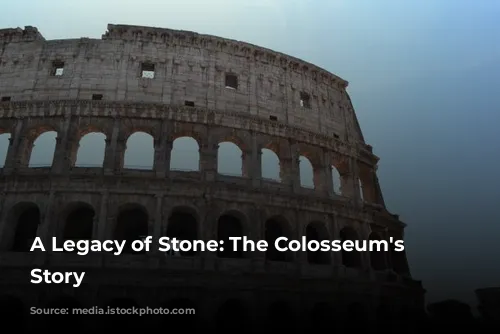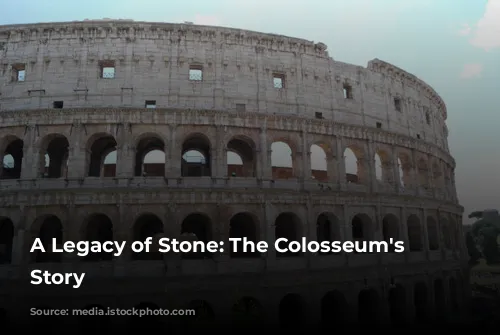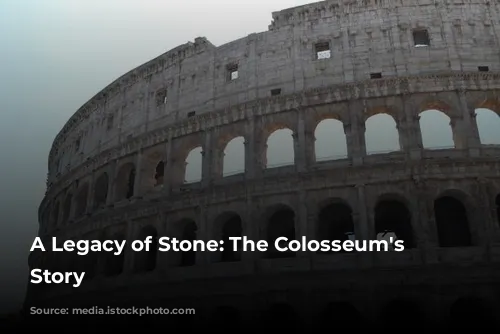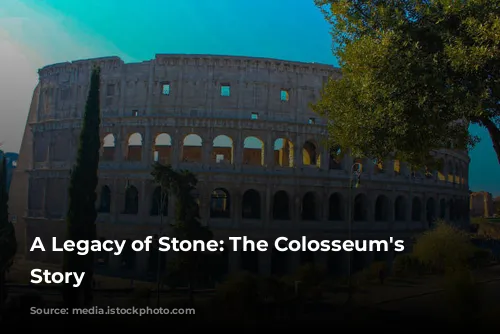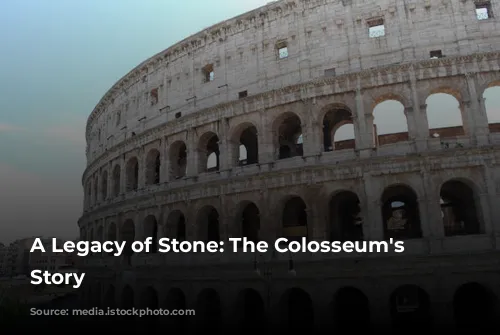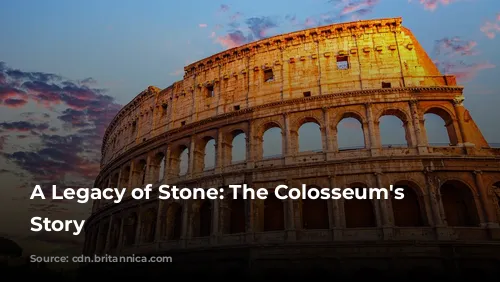The Colosseum: a majestic structure that stands as a testament to the Romans’ mastery of engineering and architecture. This iconic amphitheater, one of the few mostly intact structures from the Roman Empire, continues to captivate visitors and generate significant revenue for the Italian government. In 2018 alone, the Colosseum, Roman Forum, and Palatine Hill attracted millions of tourists, raking in over $63.3 million (€53.8 million), the highest revenue of any tourist attraction in Italy.
This landmark wasn’t always the cherished symbol it is today. After the fall of the Western Roman Empire, the Colosseum fell into a state of disrepair. The 12th century saw the arena transformed into a fortress by the Frangipane and Annibaldi families. In the late 15th century, Pope Alexander VI even allowed the Colosseum to be used as a quarry! Only in the 1990s did state-funded restoration efforts begin to restore the Colosseum to its former glory, after over a thousand years of neglect.
A Monument to Imperial Might
The Colosseum was a grand project, a testament to the ambition of the Flavian emperors. Constructed during the tumultuous “Year of the Four Emperors” in 69 CE, it was part of Emperor Vespasian’s plan to revitalize Rome. Like other amphitheaters, the Colosseum was intended as a center for entertainment, hosting thrilling gladiator fights, captivating animal hunts, and even mock naval battles.
The Colosseum’s construction began under Vespasian between 70 and 72 CE, with the completed structure dedicated in 80 CE by his son and successor, Titus. The fourth story of the Colosseum was added by Emperor Domitian in 82 CE. Interestingly, the arena’s construction was funded with the spoils of war – the loot from Titus’s conquest of Jerusalem in 70 CE. It was built by enslaved Jews from Judea.
A Colossal Masterpiece of Engineering
The Colosseum, also known as the Flavian Amphitheater, is an impressive elliptical structure made of stone, concrete, and tuff. Standing four stories tall at its highest point, it measures a colossal 620 by 513 feet (189 by 156 meters) and could accommodate up to 50,000 spectators. The arena was famous for its gladiatorial combats, but its role extended far beyond that.
The Colosseum wasn’t just built on a whim. Its location, just east of the Palatine Hill on the grounds of Nero’s Golden House, was chosen for both symbolic and practical reasons. Emperor Vespasian, who had a more humble background compared to his predecessors, decided to replace Nero’s extravagant private lake with a public amphitheater that could host tens of thousands of Romans. This decision was a powerful statement about the changing times.
The Colosseum’s construction was a masterpiece of Roman engineering. Unlike earlier amphitheaters, which were often built into hillsides for support, the Colosseum stands as a freestanding structure. It boasts a complex system of barrel and groin vaults, and its three stories are encircled by arcades adorned with engaged columns in the Doric, Ionic, and Corinthian orders. This rising arrangement of columns became a key influence on the Renaissance codification known as the “assemblage of orders.”
The Colosseum’s materials are just as impressive. Its main structural framework and facade are made of travertine, while the secondary walls are volcanic tufa. The inner bowl and arcade vaults are constructed from concrete. This combination of materials, combined with the ingenuity of the construction techniques, helped the Colosseum withstand the test of time.
A Stage for Spectacle and History
The Colosseum provided a platform for a vast array of spectacles. It could seat a staggering 50,000 spectators, shielded from the sun by a massive retractable awning known as a velarium. This intricate system involved supporting masts extending from corbels built into the Colosseum’s top story. Hundreds of Roman sailors were needed to manipulate the rigging that extended and retracted the velarium, a testament to the engineering feats of the time.
Within the Colosseum’s walls, gladiators battled each other in hand-to-hand combat. Men fought animals, and grand spectacles unfolded, including mock naval battles. Although the Colosseum’s role in the martyrdom of early Christians is debated, it remains an iconic symbol of ancient Rome’s brutal entertainment.
From Glory to Ruin and Back Again
Medieval times saw the Colosseum’s role change drastically. It became a church, then a fortress under the control of prominent Roman families, the Frangipane and the Annibaldi. However, the Colosseum was vulnerable to the ravages of time and human negligence. Lightning strikes, earthquakes, vandalism, and pollution inflicted significant damage. Its marble seats and decorative materials disappeared, leaving it to stand as little more than a quarry for over a thousand years.
Fortunately, the Colosseum’s fate took a turn for the better in the 19th century. Preservation efforts, spearheaded by Pope Pius VIII, laid the groundwork for the major restoration project undertaken in the 1990s. Today, the Colosseum remains a major tourist attraction, welcoming close to seven million visitors annually. The Colosseum stands as a testament to the resilience of history, a symbol of the grandeur of the Roman Empire, and a reminder of the enduring power of human creativity.

